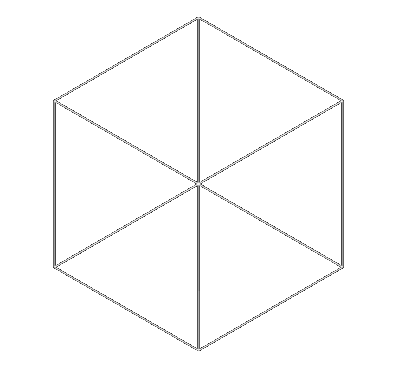Additive manufacturing: a revolutionary manufacturing solution for hardening coils
4,90 €
Auf Lager
Artikelnummer
00541_2015_03_01
Additive manufacturing has arrived and is now used to create induction heating coils mainly for hardening applications meaning an additional breakthrough in the induction world. In 2008 MicrofusionTM technology proposed by GH Induction, a wax casting technology, represented an extraordinary step in this sector due to the benefits in comparison with the handcraft and traditional methods: elimination of brazed joints, highest precision due to 3D enhancement of the inner section for better cooling and strength of the desired coil wall thickness. Consequences have been a much longer coil lifespan, simplified options for very complex designs and highly repeatable coil dimensions. In 2015, an additional step towards production simplification was made by the use of the additive manufacturing solution. GH induction is pioneering this technology in the coil and inductor manufacturing using the Electron Beam Melting (EBM). Such technology commonly called “3D printing” simplifies and shortens the manufacturing process with a direct manufacturing from CAD design with extreme density material. EBM is the new state-of-the art for hardening coils. However all methods are complementary and this article reviews why. (Microfusion and EBM methods both are patent pending by GH.)
| Autoren | Pedro Moratalla |
|---|---|
| Erscheinungsdatum | 01.03.2015 |
| Format | |
| Zeitschrift | heat processing - Ausgabe 03 2015 |
| Verlag | Vulkan-Verlag GmbH |
| Sprache | English |
| Titel | Additive manufacturing: a revolutionary manufacturing solution for hardening coils |
| Beschreibung | Additive manufacturing has arrived and is now used to create induction heating coils mainly for hardening applications meaning an additional breakthrough in the induction world. In 2008 MicrofusionTM technology proposed by GH Induction, a wax casting technology, represented an extraordinary step in this sector due to the benefits in comparison with the handcraft and traditional methods: elimination of brazed joints, highest precision due to 3D enhancement of the inner section for better cooling and strength of the desired coil wall thickness. Consequences have been a much longer coil lifespan, simplified options for very complex designs and highly repeatable coil dimensions. In 2015, an additional step towards production simplification was made by the use of the additive manufacturing solution. GH induction is pioneering this technology in the coil and inductor manufacturing using the Electron Beam Melting (EBM). Such technology commonly called “3D printing” simplifies and shortens the manufacturing process with a direct manufacturing from CAD design with extreme density material. EBM is the new state-of-the art for hardening coils. However all methods are complementary and this article reviews why. (Microfusion and EBM methods both are patent pending by GH.) |
Eigene Bewertung schreiben


